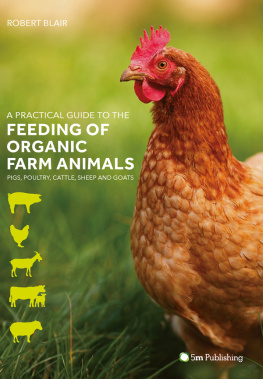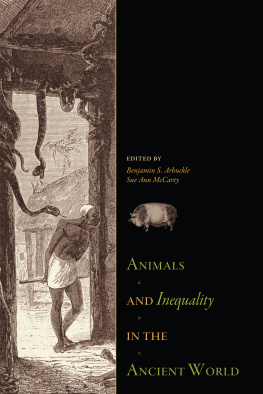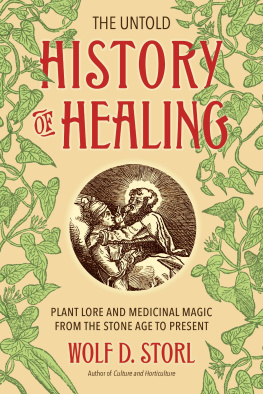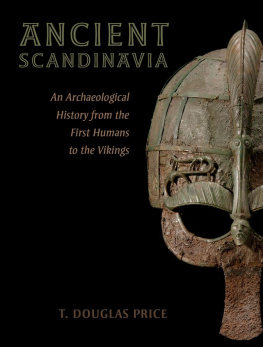
Rethinking Prehistoric Central Asia
The peoples of Inner Asia in the second half of the first millennium BC have long been considered to be nomads, engaging in warfare and conflict. This book, which presents the findings of new archaeological research in southeastern Kazakhstan, analyzes these findings to present important conclusions about the nature of Inner Asian society in this period. Pots, animal bones, ancient plant remains, and mudbricks are details from the material record proving that the ancient folk cultivated wheat, barley, and the two millets, and also husbanded sheep, goats, cattle, and horses. The picture presented is of societies which were more complex than heretofore understood: with an economic foundation based on both herding and farming, producing surplus agricultural goods which were exported, and with a hierarchical social structure, including elites and commoners, made cohesive by gift-giving, feasting, and tribute, rather than conflict and warfare. The book includes material on the impact of the first opening of the Silk Route by the Han emperors of China.
Claudia Chang is Professor of Anthropology at Sweet Briar College, USA.
Asian States and Empires
Edited by Peter Lorge, Vanderbilt University
For a full list of available titles please visit: https://www.routledge.com/Asian-States-and-Empires/book-series/SE900
The importance of Asia will continue to grow in the twenty-first century, but remarkably little is available in English on the history of the polities that constitute this critical area. Most current work on Asia is hindered by the extremely limited state of knowledge of the Asian past in general, and the history of Asian states and empires in particular. Asian States and Empires is a book series that will provide detailed accounts of the history of states and empires across Asia from earliest times until the present. It aims to explain and describe the formation, maintenance and collapse of Asian states and empires, and the means by which this was accomplished, making available the history of more than half the worlds population at a level of detail comparable to the history of Western polities. In so doing, it will demonstrate that Asian peoples and civilizations had their own histories apart from the West, and provide the basis for understanding contemporary Asia in terms of its actual histories, rather than broad generalizations informed by Western categories of knowledge.
10. Warfare in Pre-British India 1500BCE to 1740CE
Kaushik Roy
11. The Eurasian Way of War
Military Practice in Seventh-Century China and Byzantium
David A. Graff
12. The Mughal Empire at War
Babur, Akbar and the Indian Military Revolution, 15001605
Andrew de la Garza
13. Capital Cities and Urban Form in Pre-modern China
Luoyang, 1038 BCE to 938 CE
Victor Cunrui Xiong
14. Rethinking Prehistoric Central Asia
Shepherds, Farmers, and Nomads
Claudia Chang
Rethinking Prehistoric Central Asia
Shepherds, Farmers, and Nomads
Claudia Chang
First published 2018
by Routledge
2 Park Square, Milton Park, Abingdon, Oxon OX14 4RN
and by Routledge
711 Third Avenue, New York, NY 10017
Routledge is an imprint of the Taylor & Francis Group, an informa business
2018 Claudia Chang
The right of Claudia Chang to be identified as author of this work has been asserted by her in accordance with sections 77 and 78 of the Copyright, Designs and Patents Act 1988.
All rights reserved. No part of this book may be reprinted or reproduced or utilised in any form or by any electronic, mechanical, or other means, now known or hereafter invented, including photocopying and recording, or in any information storage or retrieval system, without permission in writing from the publishers.
Trademark notice: Product or corporate names may be trademarks or registered trademarks, and are used only for identification and explanation without intent to infringe.
British Library Cataloguing in Publication Data
A catalogue record for this book is available from the British Library
Library of Congress Cataloging-in-Publication Data
A catalog record for this book has been requested
ISBN: 978-1-138-73708-2 (hbk)
ISBN: 978-1-315-17369-6 (ebk)
To Perry A. Tourtellotte and Fedor P. Grigoriev-and in memory of Bekmukhanbet Nurmukhanbetov (19352016)
Figure 0.1 Tourists standing on Issyk Kurgan.
Photo: Perry A. Tourtellotte.
An author who writes a book based on field archaeology relies upon the labor and contributions of many peoplethe archaeologists who came before and all those who work presently on the archaeology of Central Asia. Field research depends upon teamwork, sponsorship, and collaboration. If the list is long, it probably deserves to be even longer. International fieldwork cannot be undertaken without the generosity of institutions and colleagues from the host country who willingly welcome strange others, unfamiliar with new field languages, local traditions of scientific research, and the necessary protocols for international fieldwork.
Therefore I start first with those who made it possible for us to work in Kazakhstan from the very beginning. The past director of the A. Kh. Margulan Institute of Archaeology, Karl M. Baipakov, and his wife Tamara Saveleva welcomed us into their home and provided the official permissions for us to conduct archaeological excavations in the Republic of Kazakhstan. From 2012 onward, Dr. Bauzhan Baytanaev, general director of the A. Kh. Margulan Institute of Archaeology (Almaty) supported our research at Talgar. Many professional archaeologists associated with the Institute of Archaeology (Almaty) provided us with assistance, from drawing artifacts to access to archives. Among these professional archaeologists we owe special thanks to Zainolla Samashev, Alexei N. Maryashev, Beken Nurmukhanbetov, Olga Kuznetsova, and Zukhra Shardenova. Yuri M. Peshkov, Murat M. Nurpeisov and Boris A. Zhelzynakov served as fieldwork and GIS specialists for much of this research. Farida Akijanova, director of the Institute of Geography, Kazakh National Academy of Sciences, and her colleagues also prepared the original ArcGIS map database in 2001.
Fedor P. Grigoriev, senior archaeologist at the Department for the Preservation and Restoration of Monuments, Republic of Kazakhstan, first excavated the site of Tuzusai in the early 1990s. He has served as co-director of the excavations at all three of the Talgar sites from 1995 to 2002, and then again in 2007. Without Fedor there would have been no successful collaborative research; his ability to read soils and stratigraphy along with his deep historical knowledge of Semirechye contributes significantly to the quality of the research produced by the Kazakh American Archaeological Expedition (KAAE). I could not have asked for a more intellectually generous and humanely kind scientist to share our lives and work. I thank Fedor, his mother, the late Maria Fedoreva, and his family for decades of friendship and guidance.









